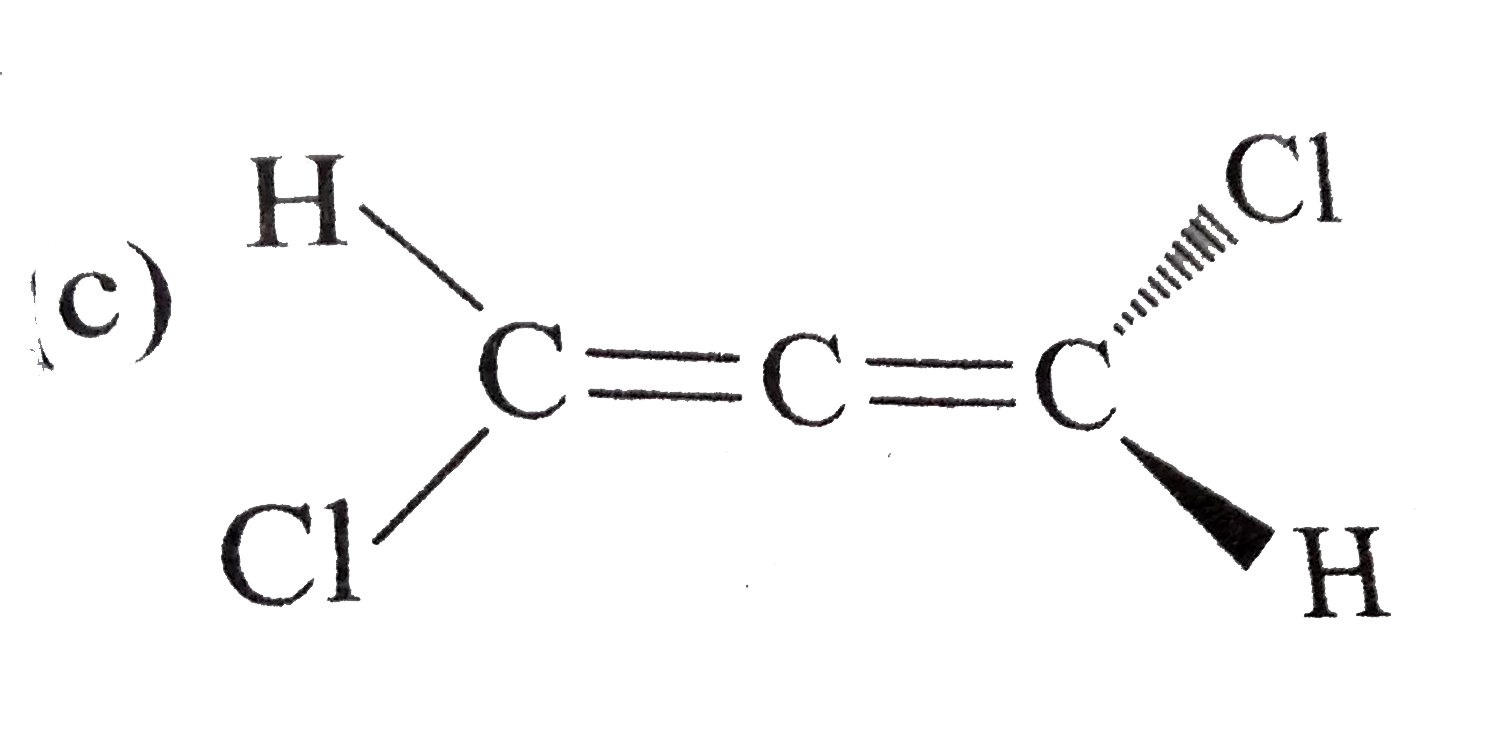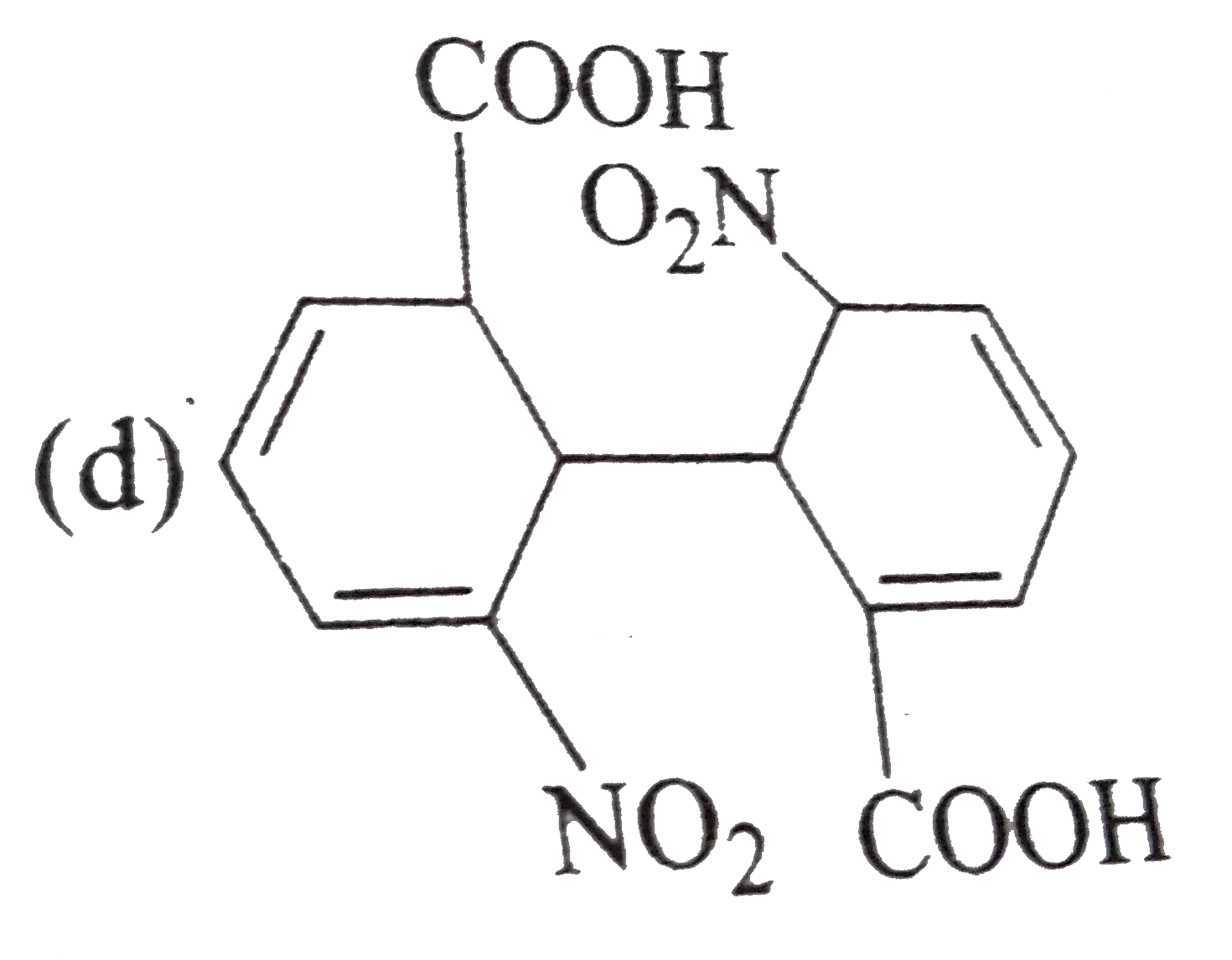Reduction of hexose A (molecular formula C6H12O6) with sodium borohydride gives compound B and C. Compound B is optically inactive, whereas compound C is optically active. Which of the following is compound A?
D - fructose
D - glucose
D - mannose
D - galactose
The correct Answer is:A
To solve the problem, we need to identify the hexose (compound A) that, when reduced with sodium borohydride (NaBH4), gives one optically inactive compound (B) and one optically active compound (C).
1. Understanding the Structure of Hexoses:
- Hexoses are monosaccharides with the formula C6H12O6. Common hexoses include glucose, fructose, galactose, and mannose.
2. Identifying the Type of Reaction:
- Sodium borohydride is a reducing agent that reduces carbonyl groups (aldehydes and ketones) to alcohols. In the case of hexoses, the carbonyl group can be either an aldehyde (as in glucose) or a ketone (as in fructose).
3. Analyzing the Options:
- We need to analyze the structures of the common hexoses to see which one can produce two different products upon reduction:
- D-Fructose: A ketose (C=O in the second carbon).
- D-Glucose: An aldose (C=O at the first carbon).
- D-Galactose: An aldose (similar to glucose but with different hydroxyl group arrangements).
- D-Mannose: Another aldose.
4. Reduction of D-Fructose:
- D-Fructose, when reduced by NaBH4, will yield two products:
- One product will be a secondary alcohol (B) and will be optically inactive due to symmetry.
- The other product will be a different stereoisomer (C) that is optically active due to the presence of an asymmetric carbon.
5. Conclusion:
- Since D-Fructose can produce one optically inactive compound (B) and one optically active compound (C) upon reduction, it fits the criteria given in the question. Therefore, compound A is D-Fructose.
Final Answer:
Compound A is D-Fructose.
- Hexoses are monosaccharides with the formula C6H12O6. Common hexoses include glucose, fructose, galactose, and mannose.
- Sodium borohydride is a reducing agent that reduces carbonyl groups (aldehydes and ketones) to alcohols. In the case of hexoses, the carbonyl group can be either an aldehyde (as in glucose) or a ketone (as in fructose).
- We need to analyze the structures of the common hexoses to see which one can produce two different products upon reduction:
- D-Fructose: A ketose (C=O in the second carbon).
- D-Glucose: An aldose (C=O at the first carbon).
- D-Galactose: An aldose (similar to glucose but with different hydroxyl group arrangements).
- D-Mannose: Another aldose.
- D-Fructose, when reduced by NaBH4, will yield two products:
- One product will be a secondary alcohol (B) and will be optically inactive due to symmetry.
- The other product will be a different stereoisomer (C) that is optically active due to the presence of an asymmetric carbon.
- Since D-Fructose can produce one optically inactive compound (B) and one optically active compound (C) upon reduction, it fits the criteria given in the question. Therefore, compound A is D-Fructose.
Compound A is D-Fructose.
Topper's Solved these Questions
Similar Questions
Knowledge Check
Compound having molecular formula C3H6O2 is:-
AC2H5−COOHBHCOOC2H5CCH3COCH3DBoth (a) and (b)Which of the following compound is optically inactive ?
ACH3.CHOH.CH2.CH3BH2C=CH.CH2.CH=Ch2C D
D
Which of the following compound is optically inactive?
ACH3−CH2−OH∣CH−CH3B C
C D
D
Which of the following compounds is/are optically inactive
View SolutionWhich of the following compounds is/are optically inactive
View SolutionWhich of the following compounds of optically inactive
View SolutionA compound with molecular formula C7H16 shows optical isomerism, the compound will be:
View SolutionCompounds A and B are the structural isomers of each other with molecular formula C4H9Br. Compound 'A' is a linear chain and optically inactive while 'B' is optically active. When compound 'A' is treated with aq. KOH solution, it gives compound 'C' whereas compound 'B' when treated with aq.KOH solution, it gives compound 'D'. Identify compound 'C' and 'D'.
View Solution